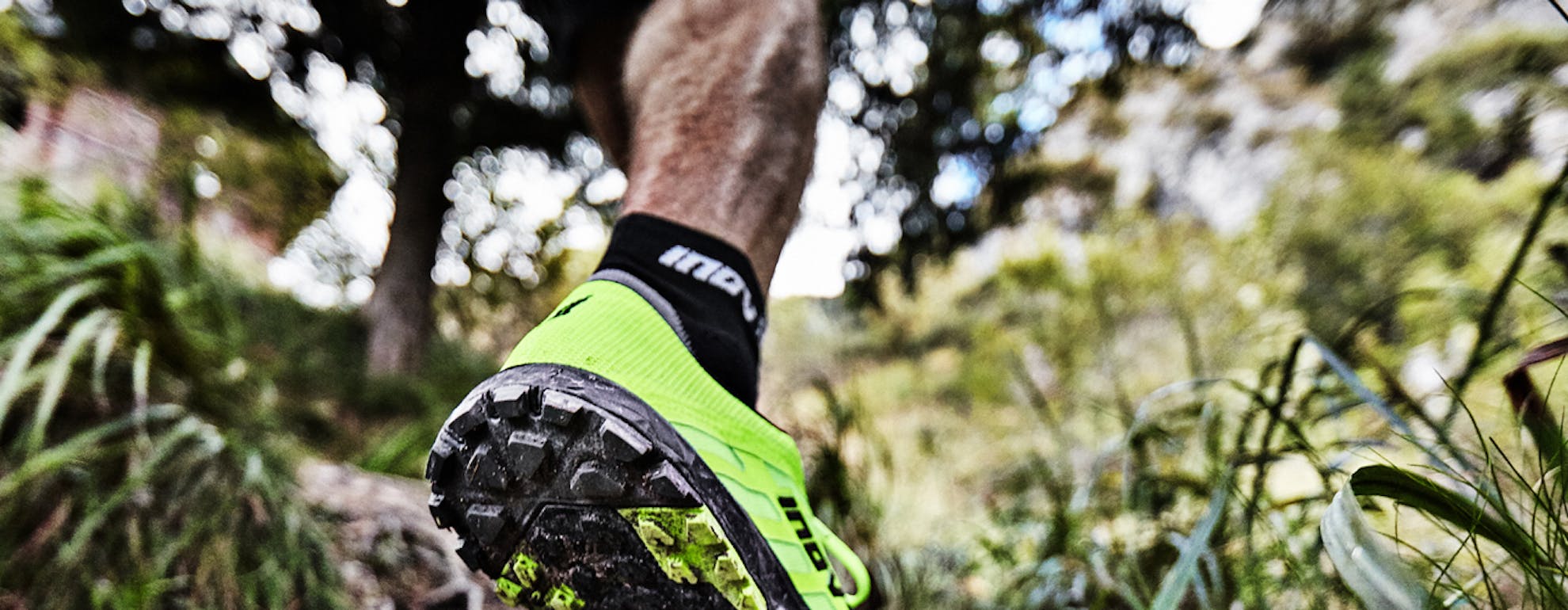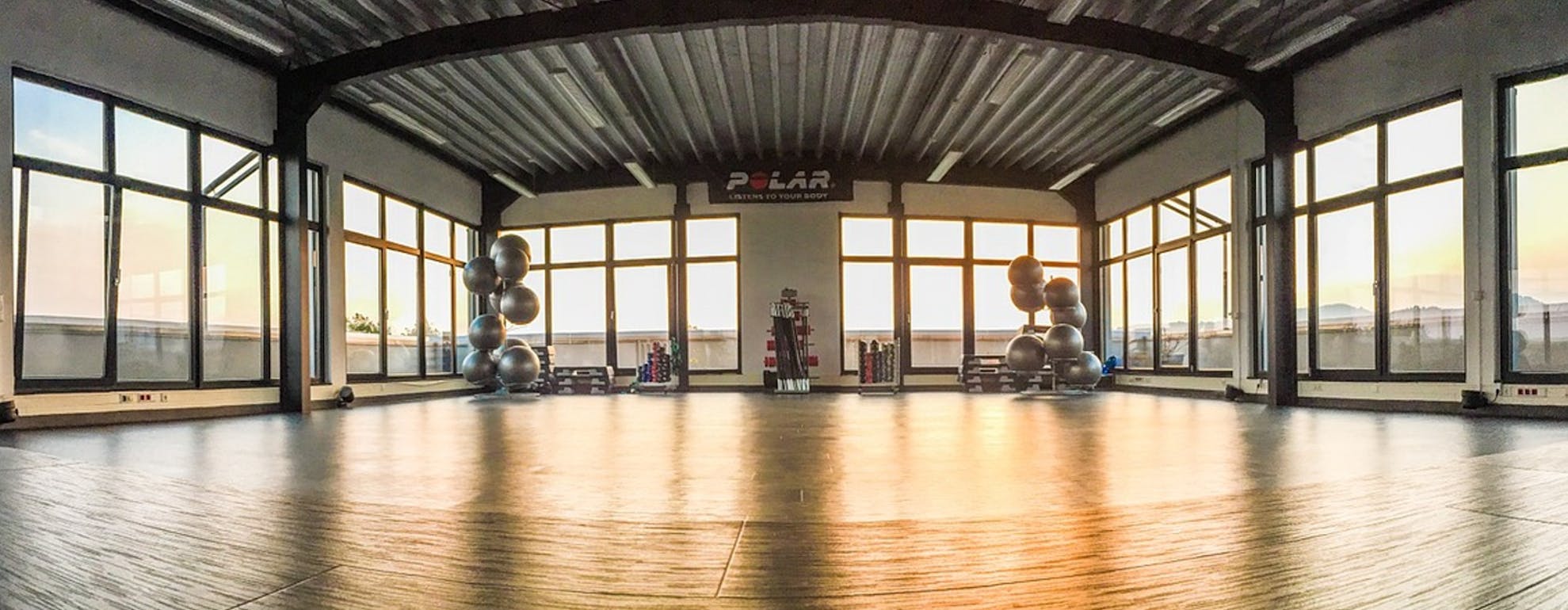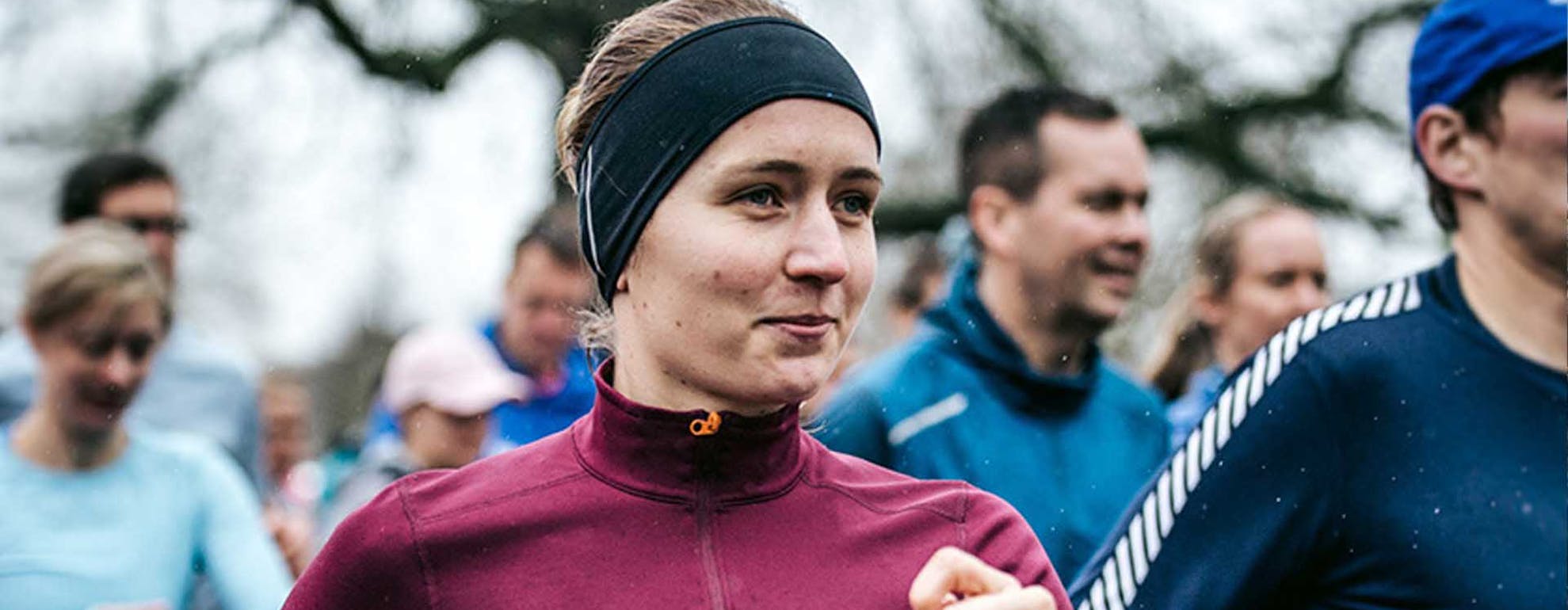
Training
Does Running Build Muscle?
Does running build muscle? This is a question asked over and over - and more specifically – will running sabotage hard won gains in the gym? The answer? Running can build muscle if it is done in a way that it is specific to your training objectives. Here’s what you should know about running and building muscle.
ㅤ
HOW RUNNING AFFECTS OUR MUSCLES
Although running is primarily a cardiovascular activity, it engages and places demands on a huge variety of muscles, increasing their strength, power and endurance. Running works the following key muscle groups:
Quadriceps: The largest muscle group in the body, the quadriceps lift and extend the knee when running. This works each of the quadricep muscles and is an effect which is exaggerated during fast running and sprinting where the knee is lifted higher.
Calves: The calf muscles work to help to propel the body forwards and regular running produces strong, defined calf muscles.
Hamstrings/Glutes and Hip Flexors: This grouping of muscles is responsible for powerfully driving the upper thigh backwards after the foot hits the ground, otherwise known as hip extension.
ㅤ
UNDERSTANDING FAST AND SLOW TWITCH MUSCLE FIBRES
To understand how running affects muscle, you need to know the difference between muscle fibres. Our skeletal muscles are made up of two different types of muscle fibres: slow-twitch and fast-twitch, and each muscle is made up of a specific ratio of those fibres.
Fast twitch muscle fibres are responsible for fast explosive movements. They are stronger than slow twitch muscles and contract more powerfully, but also tire rapidly. We recruit these for sprinting and other high intensity activities requiring short bursts of power. Fast twitch muscles have a larger diameter and can build bigger muscles.
Slow twitch muscle fibres are the body’s mechanism for sustained movement and produce smaller muscles with increased definition. They contract less forcefully than fast twitch fibres but are also more efficient at using oxygen to generate fuel. Like their name, slow twitch muscles are slower but also more resistant to fatigue. That means they can work for long periods without tiring and are recruited by the body during long distance, endurance training.
ㅤ
YES, RUNNING CAN BUILD MUSCLE
Genetics play a huge part in determining our composition of - and whether we are more pre-disposed to fast or slow twitch muscle fibres. It’s also impossible to turn slow twitch fibre into fast and vice versa. That said, depending on your training objectives, you can train in a way that targets the muscles differently to build either bigger or leaner, more toned muscles.
Long distance endurance running recruits and builds slow twitch muscle fibres – and this explains the long, lean and defined physiques of elite distance runners. It follows that if our objective is toning and/or endurance without creating bulk, we will benefit most from aerobic activities that build slow twitch muscle fibres such as cycling, swimming – and continuous running.
Sprinting on the other hand engages and builds more powerful fast twitch muscles and as a result – bulk. Studies find that sprinting pushes the body into an anaerobic state and can trigger the same muscle response as hard weight training, increasing the hormones responsible for muscle growth, including the production of testosterone, growth hormone, insulin sensitivity - while also reducing the fat hormone cortisol. One study of wrestlers found that 6 x 35 metre sprint intervals with 10 seconds of rest, sustained over a period of 4 weeks, was sufficient to produce this effect.
ㅤ
WHEN CAN RUNNING COMPROMISE MUSCLE MASS?
Running can put the body into a catabolic state
Running burns energy and causes the muscles to break down, causing micro tears. Anabolism is the process whereby the muscle fibres are repaired and growth is stimulated. Without sufficient fuel to sustain this process, the body can begin to break down muscle tissue for energy – entering into a catabolic state. This is a double whammy where strength training is concerned, where we are not only left with depleted energy supplies but recovery and repair are also compromised, leading to potential muscle wastage.
This can be countered by ensuring your workout is properly fuelled by boosting your calorie intake, and by supplementing recovery with a source of protein.
Timing is Everything
It follows that it’s not a great idea to run and then strength train if your goal is to gain muscle mass and strength. Run after or ideally on a different day from strength training – and never on the same day as a lower body workout.
ㅤ
THE FINAL TAKEAWAY
Ultimately it all comes down to what your end goal is. Are you looking for a lean, toned physique? Or to bulk up with bigger muscles? This will help determine how running can help achieve those goals.
That said, it’s important to remember that all forms of athletic activity are interlinked and often complementary. Running generally boosts our cardiovascular system and helps the body transport blood and oxygen around the body efficiently, improving performance. It also helps boost circulation, enhancing general recovery. Sprinting also enhances explosive lower body power which in turn translates into better squats and more powerful deadlifts. Check out this article on combining cardiovascular and strength training for how to best use the two together.
On the other hand, building stronger muscles through strength training translates into increased endurance, power and enhanced performance for runners. It’s all about training intelligently and utilising the most effective activities to reach your personal goals.
Looking for some training tips and advice? Then head over to our Training category where our athletes and experts explain everything you need to know.
Welcome
Welcome to the SportsShoes Training Hub! We’ve teamed up with athletes and experts to bring you the very best advice on how to maximise your workouts and achieve your best results.
Read More
Share this
Featured articles
View All



